Table of Contents
Types of Sexual Reproduction:
Syngamy:
It is the fusion between two gametes (i.e. male and female) so as to form a zygote. It is also called an amphigony.
Depending on the source of fusing gametes, syngamy is of two types-
- Endogamy- It is also called self fertilization. It involves the fusion of two gametes of the same parent. It is uniparental or monoparental and is not of common occurrence. Example- Taenia solium (tape worm). Tapeworm is a bisexual (hermaphrodite, monoecious) animal.
- Exogamy- It is also called cross fertilization. It involves fusion of two gametes formed by different parents. It is biparental and is very common. Example- rat, rabbit, frog, man etc.
Depending on the nature and structure of the fusing gametes, syngamy is also of two types-
- Isogamy- In this type of sexual reproduction, the two gametes which fuse to form zygote are morphologically identical. Though the isogametes are similar in structure, they have behavioural differences. It means they are of different mating types. Example- Monocystis.
- Anisogamy or Heterogamy- In this case the fusing gametes differ in form, size, structure and behaviour. Such gametes are known as anisogametes or heterogametes. The male gametes (microgametes or sperm) are smaller, motile and deficient in nutrients, whereas the female gamete (macrogamete or ovum) is much larger, non-motile and laden with stored nutrients. Examples- Anisogamy is seen in most higher animals.
There are two special forms of syngamy–
- Neoteny- It involves the development of gonads and sexual reproduction in the larval satge as in axolotl larvae of Ambystoma.
- Polyembryony- In some animals, zygote divides to form more than one individual or embryo. It is called polyembryony. Example- In Armadillo, single zygote results into the development of four young ones. Similarly, in Human beings monozygotic twin is also an example of polyembryony.
Conjugation:
It involves the temporary pairing of two parents called conjugates to exchange their gametic nuclei or pronuclei. Example- Paramecium. Two paramecia come in contact in the region of their oral grooves and establish a protoplasmic bridge or conjugation tube. Macronuclei degenerate. Micronuclei divide meiotically and mitotically in each. Out of them, two persis in each conjugant as pronuclei, a stationary female and a migratory male. The migratory pronucleus passes into the other conjugant and fuses with its stationary pronucleus to form a diploid synkaryon. Conjugants now separate. The Synkaryon of each exconjugant divides a few times mitotically to form nuclei which differentiate into macronuclei and micronuclei.
Parthenogenesis (Virgin Birth):
It is a modified form of sexual reproduction. In parthenogenesis, an egg develops into offspring without fertilization.
Occurrence- It is of common occurrence in rotifers, aphids, bees and crustaceans. Some vertebrates also reproduce by parthenogenesis.
Types– Parthenogenesis is of two types-
(1) Natural Parthenogenesis- It is a regular phenomenon in the life history of some animals. It may be complete, incomplete, or paedogenetic.
- Complete- In some cases of animals, there are no male caste at all. Female lays eggs and eggs directly develop into female. It is also called as obigatory parthenogenesis. Example- Lacerta sexicola armeniaca (caucasian rock lizard) Rotifers, and Typhlina brahmina.
- Incomplete- Some animals have both sexual and parthogenetic individuals, which may alternate. In these animals, female can produce unfertilized or fertilized eggs, depending upon environmental conditions. In Daphnia, a fresh water crustacean, female lays unfertilized eggs that develop parthenogenetically under favourable conditions, and fertilized eggs during times of environmental stress. In aphids, the insect pests of criops, females produce many parthenogenetic generations from unfertilized eggs alternating with a biparental generation from fertilized eggs.
- Paedogenetic- When a larva produces a new generation of the larva by parthenogenesis, it is called paedogenetic parthenogenesis. In Gall Fly, the larva may lay eggs which further develop into larva parthenogenetically.
(2) Artificial Parthenogenesis- Eggs of certain animals, such as annelids, molluscs, frog, rabbit, hen, starfish etc. can be induced to develop parthenogenetically by artificial stimuli. Artificial stimuli may be-
- Physical like changes in temperature and pH, electric shock, ultra-violet light, and mechanical stimulus (e.g., prick by a needle).
- Chemical like salts, weak acids, organic solvents, chloroform, urea, strychnine, sucrose etc.
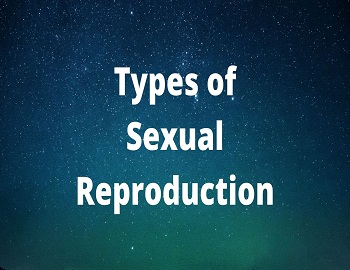
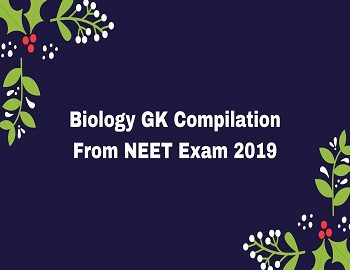

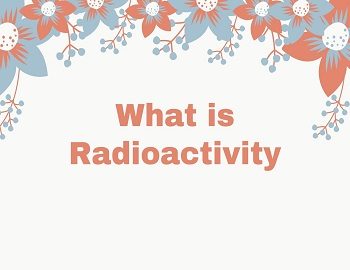



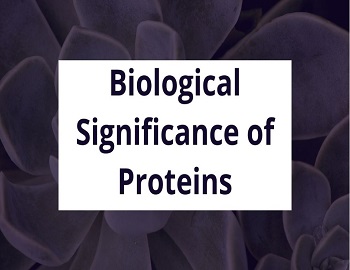
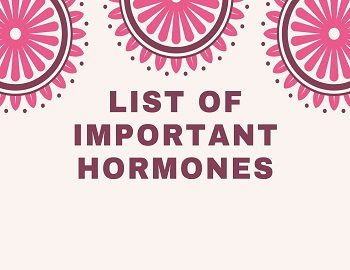
Comments (No)